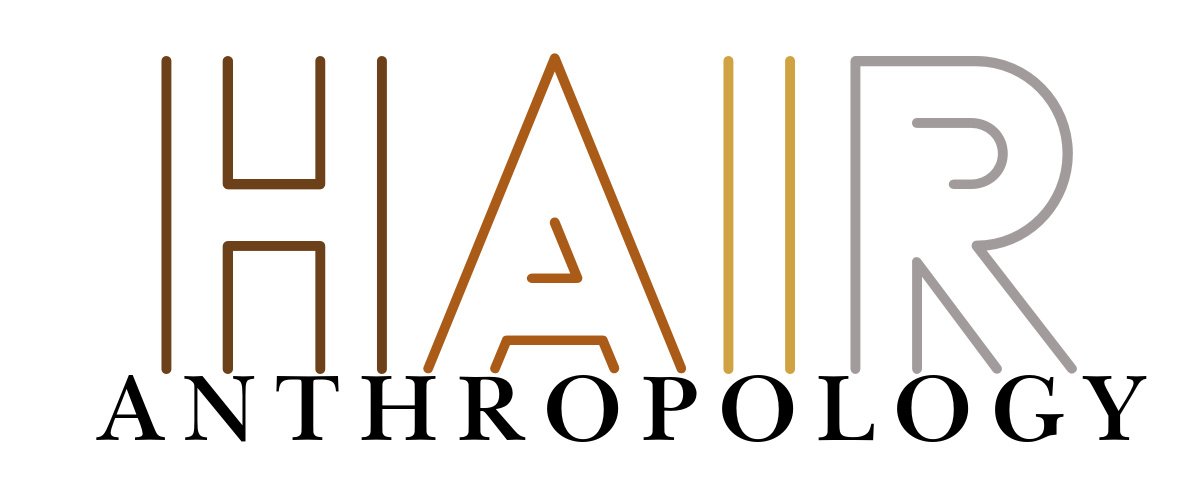Human Hair Hygrometer
I was recently poking around newspaper archives online for things related to human hair and found a fun science reference I’m going to share with you today.
In the early 1940’s during WWII, it was reported that over 5,000 American women trimmed and donated their long blonde locks as part of a scientific war effort. Human hair being the main material needed to make hygrometers in atmospheric weather transmitters. A functional use for hair! There’s much to explore here, as it plays into facets of hair science, history, and even culture.
Curiously enough I’ve found plans online to make a hair hygrometer. It feels like the perfect opportunity for a science experiment. I will report back, this feels like it deserves a follow-up post.
Until then, enjoy the image gallery and typed transcript of the article below!
05 Oct 1944
Caribou County Sun. Soda Springs, Idaho • Page 8
By L.L. Stevenson
From the turn of the century, human hair has been regarded as one of the most convenient humidity registering devices. For that reason, blond hair has been used as the actuating element in weather recording and indicating instruments. Hair, however, is comparatively slow in reacting to moisture changes and so with the advent of large scale war operations making weather forecasting increasingly important, many organizations have worked on the problem of a better humidity indicating element. The result is that golden tresses now have been forced to bow to wartime plastic, engineers of the Friez Instrument division of the Bendix Aviation corporation having developed an electric hygrometer strip which indicates changes of moisture in the atmosphere far more accurately than was ever possible with hair.
The strip, which its developers call the “magic moisture meter,” is being used at present in the Ray Sonde - an automatic radio transmitter no bigger than a cracker box, which is sent up into the stratosphere attached to a free balloon. Ray Sondes on their way up into the sky (they reach heights of 10 miles above the earth) radio back to automatic recorders on the ground, the temperature, humidity and altitude of the various air strata through which they pass. Eventually, rarified air causes the balloons to burst. The Ray Sondes than parachute safely back to earth still sending out weather reports. The new hygrometer strip eliminates several moving parts that were liable to corrode in tropical storage or be damaged in shipment.
Increased sturdiness is of great importance because Ray Sondes are in use all over the world. They are released from the decks of aircraft carriers to provide information as to weather conditions planes will encounter after they take off. Although the exact composition of the new strip is secret some details may be given. As said, it is made of plastic. It is roughly, about four inches long, an inch wide and about an eighth of an inch thick. The edges are specially treated to provide electrical conduction and the surface is so treated that the electrical resistance between the electrodes varies with the amount of moisture in the air.
The human hair formerly used in the Ray Sonde is a story in itself. When the Friez division realized it had to increase production tremendously with the coming of war, it issued an appeal to the women of America to contribute their hair to the war effort. The result was startling, A. C. DeAngelis, general manager of the Bendix division, informed me. Hair poured in at such a rate that the company had to engage extra space for storage. This was all the more remarkable, Mr. DeAngelis explained, because it had to be a very special kind of hair - natural blonde, at least 14 inches long and never damaged either by a curling iron or a permanent wave. Finally, the Friez company found itself with about 20 years supply of hair. Let me hasten to add that the hair is still being used in humidity sensitive equipment other than the Ray Sonde.
Not only did the right kind of hair come in quantities, but also many other materials - as well as offers of still others. A Chinaman signified his readiness to part with his queue. The owner of a champion race horse said he’d give the animal’s tail. A woman contemplated presenting the hair of her pet dog but though of the proper length and color, it didn’t have the proper characteristics. An enterprising salesman tried to sell the company several tons of Angora goat hair. So far as Mr. DeAngelis can recall, there is no record of a patriarch offering his beard. But one young lady trying to avert a possible bomb scare, sent in her hair with this label: “Do not call the FBI. ‘Tis only my golden tresses.”
From Pearl Harbor until July 22, 1943, some 5,280 women of American made donations of their hair. This patriotic urge to participate in the war effort also brought forth these, among other incidents: A fancier of Black Widow spiders offered to make their silk available and a silk worm raiser offered raw silk strands.
Bell Syndicate - WNU Features





